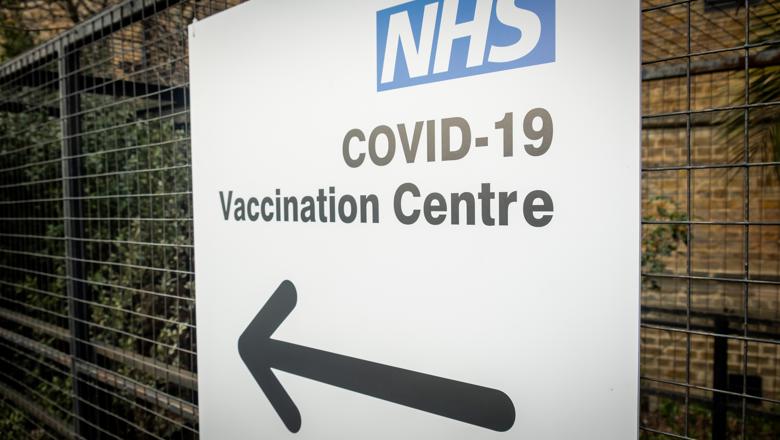“What we see is that after the vaccine is introduced, mortality rates reduce for all socioeconomic groups and the inequalities in the mortality rate that were there before vaccination are substantially reduced.
Dr Filipa Sá, Senior Lecturer in Applied Economics
19 August 2022
COVID-19 vaccines reduce mortality rates in deprived areas
The national vaccination programme for COVID-19 has helped narrow the gap in mortality rates between advantaged and disadvantaged areas, even though vaccine take-up was lower for socioeconomically deprived groups.

According to a new report published by King’s Business School, the vaccination programme has levelled out the unequal mortality rate of COVID-19 seen during the pandemic for people living in more deprived parts of England.
The research, carried out by economist Dr Filipa Sá, suggests that if the vaccination programme had targeted specific socioeconomic groups who are known to be at higher risk of dying – including low-income individuals and people of Black or Asian ethnicity – then the levelling effect could have been even more powerful.
Following previous studies in the early months of the pandemic, which showed that people living in more disadvantaged neighbourhoods were twice as likely to die if they contracted COVID-19, Dr Sá compared data from 6,791 local areas in England between March 2020 and April 2021 when the vaccination programme had been underway for several months.
She wanted to understand the relationship between an area’s socioeconomic characteristics, the proportion of people who had received a first dose of a COVID-19 vaccine, and its COVID-19 mortality rate.
The research paper highlights that vaccination rates were higher in areas where the population is older or has poorer pre-existing health, reflecting the priority order used in the vaccines rollout.
There is also a distinct link between ethnicity and vaccination take-up, with lower vaccination rates in areas with larger shares of Black or Asian population, and a clear link between vaccination rates and income, with higher vaccination rates in high-income areas.
“The initial vaccination roll-out was done largely by age and health condition,” said Dr Sá. “This evidence suggests that to save the maximum number of lives, we should be looking for innovative ways to reach lower income groups and those from minority ethnic backgrounds.”
The full paper Do vaccinations reduce inequality in COVID-19 mortality? Evidence from England is available to view in peer-reviewed journal Social Science and Medicine.

